Note from John: For World Heart Day, I’ve asked my colleague Kathryn Taubert, PhD, FAHA, to write a guest blog post. Kathryn is our Vice President of Global Strategies working closely with our CEO, CMO, myself and other American Heart Association (AHA) senior leaders to collaborate and establish partnerships with international organizations to broaden the AHA’s support of and impact on global health.
September 29 is designated as “World Heart Day”. World Heart Day, an initiative of the World Heart Federation, is an opportunity for people across the globe to take part in the world’s biggest intervention against cardiovascular disease (CVD; including heart disease and stroke). CVD is the number 1 cause of death globally. More people die annually from CVD than from any other cause. An estimated 17.5 million people died from CVD in 2012, which is 31% of all global deaths.
This year, the focus of World Heart Day is on creating heart healthy environments. So what exactly does a heart healthy environment refer to? It refers to environmental factors, such as clean air, that favorably influence heart health. You may think there isn’t much you can do to change the environment, but in reality there are things to make it healthier.
For example, the American Heart Association issued a scientific statement about 10 years ago concluding that exposure to air pollution contributes to cardiovascular illness and mortality. It is especially dangerous to the elderly or to people with pre-existing medical conditions. Environmental air pollution can come from traffic, factories, power generation, or wildfires. You may not feel as it you can influence these factors, but you can, for example, try to live some distance from polluting factories or heavily traveled highways. However, you can have direct influence on one of the most common indoor sources of air pollution — smoking. Smoking is a danger to both the smoker and to those nearby (“second-hand smoke”). In fact, according to the World Health Organization, tobacco kills around 6 million people each year. More than 5 million of these deaths are the result of direct tobacco use, while more than 600,000 deaths are the result of non-smokers being exposed to second-hand smoke. So if there is a smoker in your house, urge them to quit smoking, or at least to give up smoking while inside the house. In some regions of the world, or even in parts of the US, there are not laws banning smoking in the workplace. If you work in such an environment, talk to your employer about providing smoke free working areas or join in with colleagues to approach local governments.
In addition to improving environmental conditions, there are many personal actions you can take to improve your risk of CVD. The AHA My Life Check® assessment was designed with the goal of improved health by educating the public on how best to live. The measures of “Life’s Simple Seven” have one unique thing in common: any person can make these changes, the steps are not expensive to take and even modest improvements to your health will make a big difference. They include:
- Manage blood pressure
- Control cholesterol
- Reduce blood sugar
- Get active
- Eat better
- Lose weight
- Stop smoking
This simple, seven step list has been developed to deliver on the hope we all have–to live a long, productive healthy life. Join others around the world who are committing to live a more heart-healthy lifestyle. Check your heart score and risk for cardiovascular disease at http://www.heart.org/HEARTORG/Conditions/My-Life-Check—Lifes-Simple-7_UCM_471453_Article.jsp
As the World Heart Federation says, we should ensure that everyone has the chance to make healthy heart choices wherever they live, work and play. World Heart Day encourages us all to reduce our cardiovascular risk, and promotes a heart-healthy planet for those around us.
Happy World Heart Day!!
-Kathryn Taubert, PhD, FAHA










